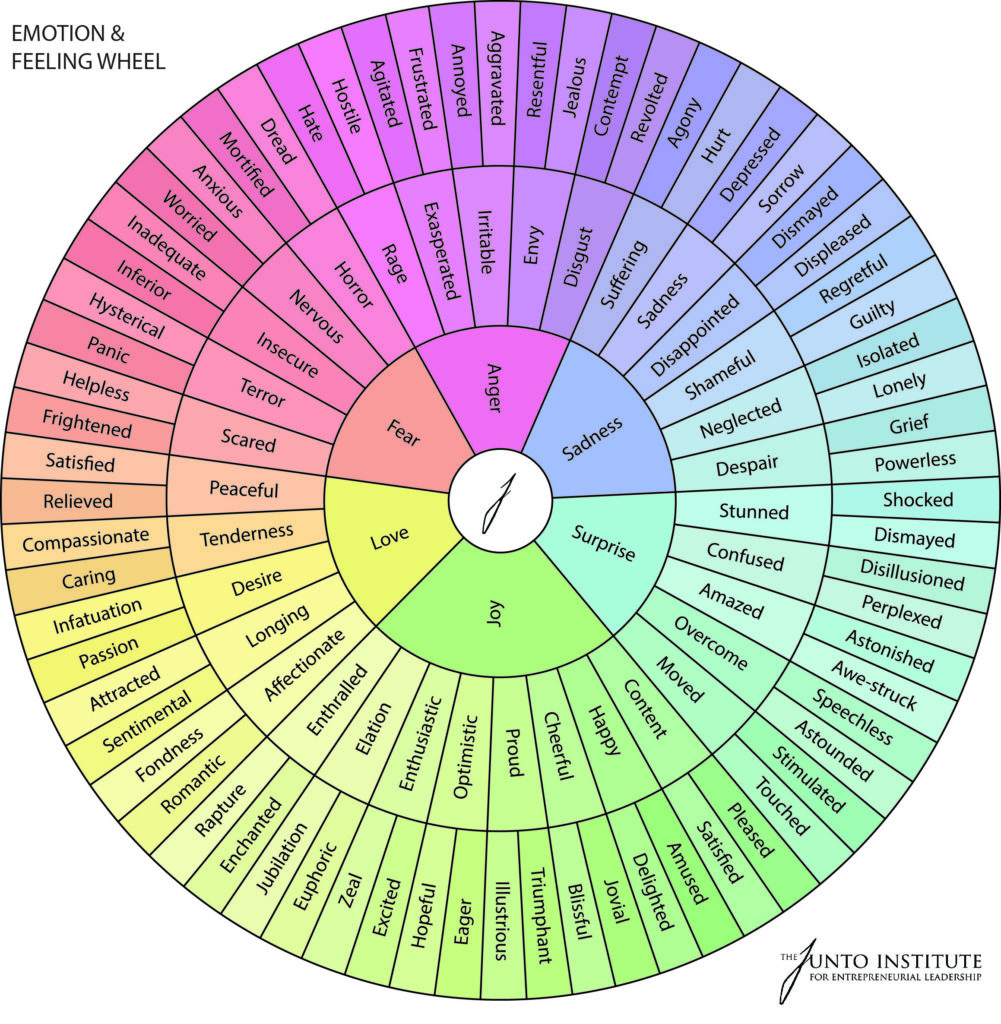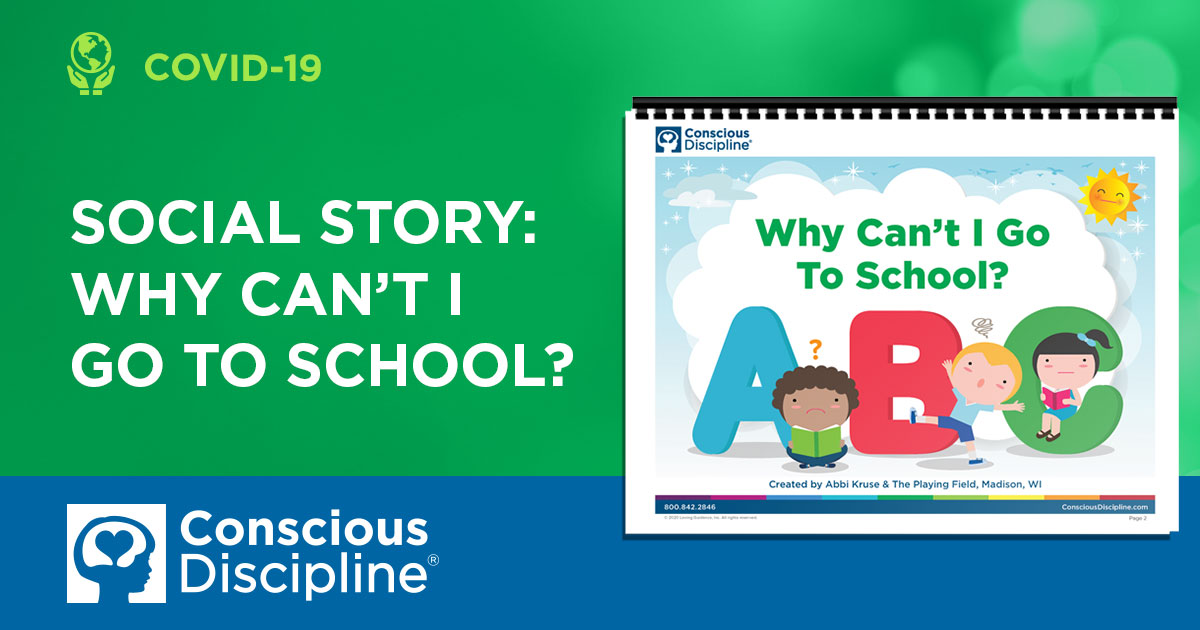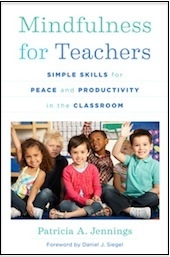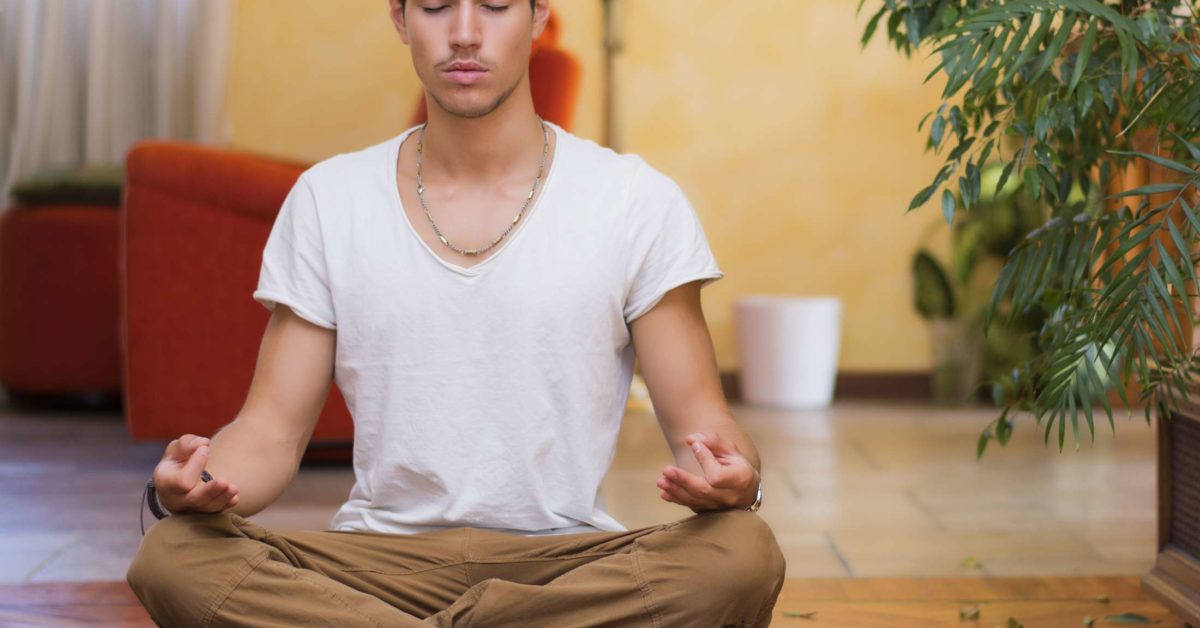
Social Emotional Well-being
Supporting Ourselves and Each Other in a Time of Crisis
Supporting Ourselves so We May Support Others
This solutions-oriented newsletter is a compilation of resources to help support you and your students' social emotional well-being everyday. Self care is the foundation of emotional resilience. Learning to care for ones self is more important than ever. Like every flight attendant says, "In the event of an emergency, oxygen masks will drop from the panel over your head. Securely place your own oxygen mask on before helping others." These resources are your "oxygen mask". The best thing we can do for our students is to begin to care of ourselves, to be compassionate with ourselves, to honor our emotions, and where we are at any given moment and to teach them what we have learned in the process.
Name and Honor Your Feelings
There are no good or bad feelings, no right or wrong ways to feel. The first step in supporting social emotional well-being is to be able recognize when we are feeling and to name those emotions. Naming what we are feeling gives of permission to feel without judgement. Developing emotional literacy, or the ability to recognize and name feelings, in childhood, helps children grow into emotionally resilient adults.
Self Care
Self care is loosely defined as anything you do to be good to yourself. Having an established self care routine leads to better health outcomes, less stress and anxiety, and more energy to care for others.
Supporting Our Students and their Families
Establishing trusting relationships and having open and clear communication with students and their families are essential elements to supporting their social emotional well-being.
Setting Boundaries
Setting boundaries is more important now than ever. Boundaries are a set of rules or limits that we create to ensure our physical, mental, and emotional well-being are intact. Without the structure of a traditional school day and the stress of trying to reach all of our students, we may find ourselves working longer hours, our energy may be depleted, our patience might be thin, and our ability to meet our own basic needs may have diminished. If you are feeling any of these things, it may be time to set a boundary.
Types of Boundaries
How to Set a Boundary
Examples of Boundaries
Mindfulness
Mindfulness is practice of being fully present and engaged in whatever it is you are doing at the present moment. That's right, it takes practice. There are many ways to be mindful and research tells us that people who regularly practice mindfulness are less anxious, less depressed, and are more mentally and psychically healthy than those who do not.
Meditation
Meditation is a practice that trains your brain to focus attention and awareness inward. Meditation promotes mental clarity and emotional stability. There are many different ways to meditate, finding a practice that works for you is the key.
The Complete Guide to Meditation
Gratitude
Gratitude
People who practice gratitude set aside time each day to reflect on the things that they are thankful for. Practicing gratitude allows us to chose our thoughts by focusing on the people, places, and things in our lives that bring us love and joy.
About Us
Mid-West Regional Bilingual Education Network
Email: midwestrbern@monroe2boces.org
Website: https://www.monroe2boces.org/mid-westrbe-rn_home.aspx
Location: 3599 Big Ridge Road, Spencerport, NY, USA
Phone: 585-352-2790


/181215281-56a2583b3df78cf77274923b.jpg)




















![13 Most Popular Gratitude Exercises & Activities [2019 Update]](https://positivepsychology.com/wp-content/uploads/2015/09/gratitude-exercises.jpg)



